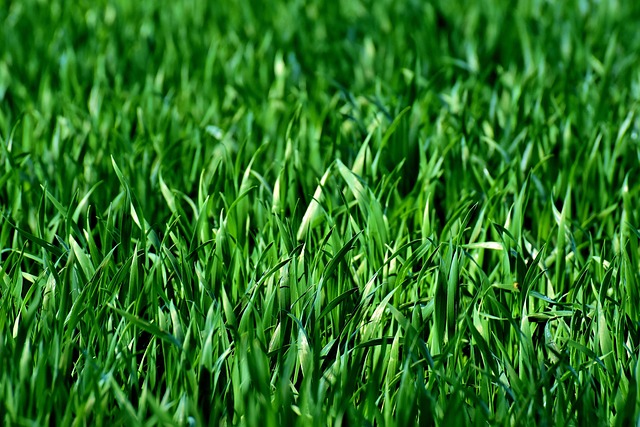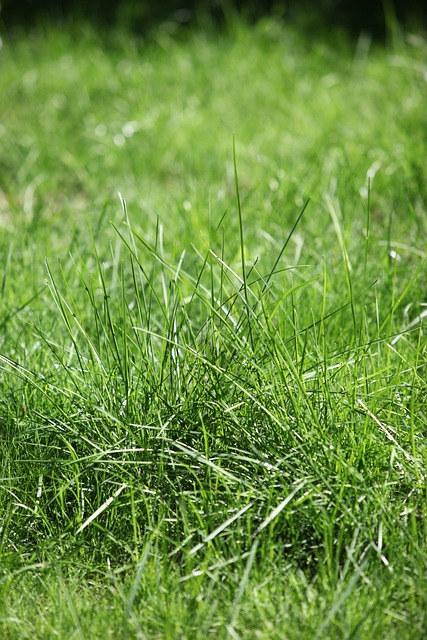Weed control along pipelines in Centennial poses challenges due to increased sunlight and disturbed soil. Traditional chemical methods are hazardous to the environment. Biological treatments offer a game-changing solution for industrial weed control near pipelines, minimizing environmental impact while preserving local landscapes and complying with regulations. This eco-friendly approach focuses on using natural enemies like insects and fungi to manage weeds effectively in Centennial.
“In the realm of pipeline maintenance, especially near vibrant Centennial landscapes, effective industrial weed control is paramount. This article explores the intricate challenges posed by weeds along pipelines and highlights the growing significance of biological treatment strategies as a sustainable solution. We delve into successful implementation cases, focusing on how biological methods mitigate environmental impact while ensuring pipeline safety. Understanding these approaches is crucial for navigating the complex landscape of Centennial’s green spaces.”
- Understanding Industrial Weed Control Challenges Along Pipelines
- Biological Treatments: A Sustainable Approach for Pipeline Safety
- Implementing Effective Biological Strategies in Centennial's Landscape
Understanding Industrial Weed Control Challenges Along Pipelines

Maintaining a pristine lawn along pipelines in areas like Centennial presents unique challenges for weed control. Industrial sites often face a dense growth of invasive species due to increased sunlight exposure, limited competition from native vegetation, and disturbed soil conditions, creating a fertile ground for weeds to thrive. These unwanted plants not only compete with the grass for essential nutrients but also pose safety risks by obstructing access points and potentially damaging pipeline infrastructure.
Effective industrial weed control along pipelines requires tailored strategies that consider the specific ecological context. Professionals in Centennial must employ targeted herbicide applications, utilizing non-toxic or low-toxicity formulations to minimize environmental impact while ensuring robust weed management. Additionally, implementing a comprehensive vegetation management plan, including regular mowing and mulching practices, can significantly reduce weed populations and promote a healthier lawn ecosystem near critical infrastructure.
Biological Treatments: A Sustainable Approach for Pipeline Safety

Pipeline safety is a paramount concern in the industrial sector, especially when navigating environmentally sensitive areas like Centennial. Traditional chemical methods for industrial weed control along pipelines can have detrimental effects on local ecosystems and groundwater, making them increasingly unsustainable. This is where biological treatments step in as a game-changer.
Biological treatments offer an eco-friendly alternative to chemical herbicides by leveraging natural organisms and processes to manage weeds. In the context of Centennial, these strategies can effectively target invasive species along pipeline rights-of-way without posing risks to nearby plants, animals, or water bodies. By adopting biological treatments for industrial weed control, companies contribute to preserving the delicate balance of the local landscape while ensuring long-term pipeline safety and compliance with environmental regulations.
Implementing Effective Biological Strategies in Centennial's Landscape

Implementing effective biological strategies for lawn care, especially in landscapes like Centennial’s, offers a sustainable and eco-friendly approach to managing weeds, particularly industrial weed control along pipelines. This method is gaining traction as an alternative to chemical-heavy treatments. By utilizing natural processes, these strategies can significantly reduce the presence of unwanted vegetation without causing environmental harm.
In Centennial, where industrial activities near pipelines might contribute to persistent weed problems, biological controls provide a promising solution. This involves introducing or enhancing natural enemies like insects or fungi that specifically target weeds. For instance, certain insect species feed on specific types of plants, helping to control their growth. Similarly, beneficial fungi can infect and weaken weed roots, making them less competitive for resources. Integrating these biological treatments into landscape management plans not only promotes a healthier lawn but also contributes to the overall preservation of Centennial’s natural environment.
The implementation of biological treatment strategies for industrial weed control along pipelines near Centennial presents a sustainable and eco-friendly solution. By understanding the unique challenges faced, as highlighted in this article, we can effectively navigate the landscape of pipeline safety. Adopting biological methods not only reduces environmental impact but also fosters a harmonious coexistence between infrastructure development and natural ecosystems. As we continue to manage and maintain these critical areas, embracing innovative approaches like these is essential for long-term success in Centennial and beyond.
